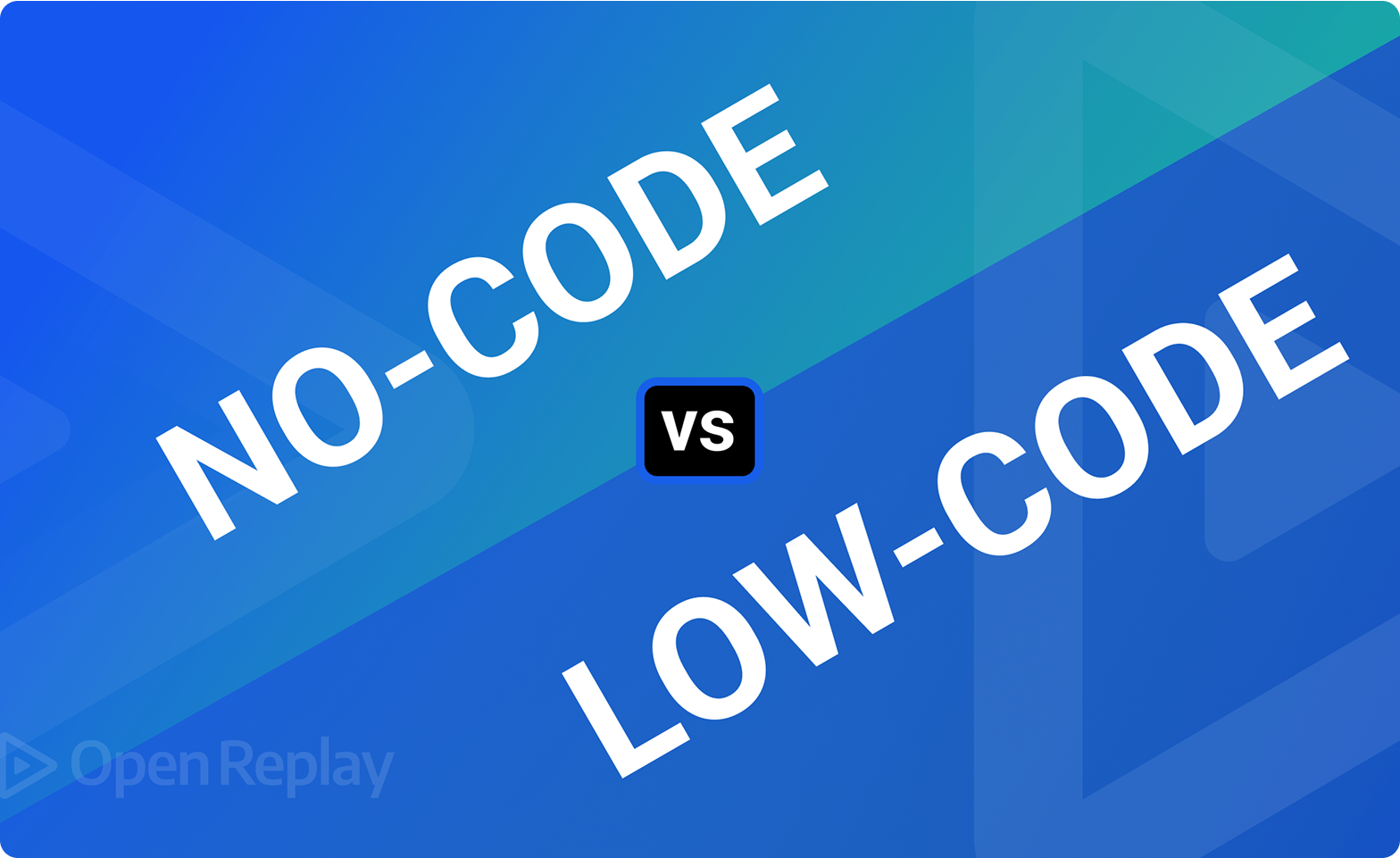Low-Code vs No-Code: Choosing the Right Approach for Your App
Low-Code vs No-Code: Choosing the Right Approach for Your App

In today’s fast-paced digital world, businesses want to develop applications faster, cheaper, and more efficiently. This demand has given rise to low-code and no-code development platforms. While both aim to simplify app development, they serve different audiences and use cases. Understanding the difference is crucial to choosing the right approach for your project.
[/fusion_text]What is No-Code?
No-code platforms are designed for non-technical users. They allow anyone to build applications using visual interfaces, drag-and-drop elements, and pre-built templates—without writing a single line of code.
Pros of No-Code:
- Extremely fast to build apps
- No coding knowledge required
- Cost-effective for startups and small businesses
- Ideal for simple to moderately complex apps
Limitations:
- Limited customization
- May not handle complex workflows or integrations efficiently
Popular No-Code Platforms: Bubble, Adalo, Webflow
What is Low-Code?
Low-code platforms are meant for developers or technically inclined users who want to accelerate app development. They offer visual development tools, but also allow adding custom code for advanced functionality.
Pros of Low-Code:
- Faster than traditional development
- Supports complex workflows and integrations
- Customizable with code when needed
- Scalable for enterprise-level applications
Limitations:
- Requires some coding knowledge
- Slightly longer development time than pure no-code
Popular Low-Code Platforms: OutSystems, Mendix, Appian
How to Choose
- Choose No-Code if you want to build MVPs, simple internal tools, or proof-of-concept apps quickly.
- Choose Low-Code if your app needs custom logic, enterprise integrations, or scalability for large user bases.
Conclusion
Both low-code and no-code platforms are revolutionizing software development. The right choice depends on your technical expertise, project complexity, and long-term goals. By understanding their differences, you can accelerate development, save costs, and bring your ideas to life faster than ever before.
